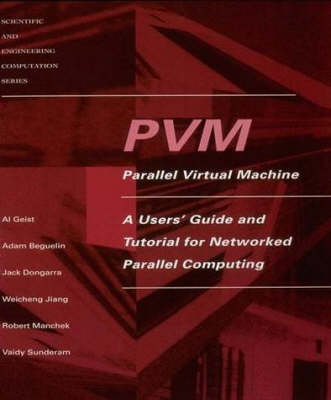Written by the team that developed the software, this tutorial is the definitive resource for scientists, engineers, and other computer users who want to use PVM to increase the flexibility and power of their high-performance computing resources.
Written by the team that developed the software, this tutorial is the definitive resource for scientists, engineers, and other computer users who want to use PVM to increase the flexibility and power of their high-performance computing resources. PVM introduces distributed computing, discusses where and how to get the PVM software, provides an overview of PVM and a tutorial on setting up and running existing programs, and introduces basic programming techniques including putting PVM in existing code. There are program examples and details on how PVM works on UNIX and multiprocessor systems, along with advanced topics (portability, debugging, improving performance) and troubleshooting.
PVM (Parallel Virtual Machine) is a software package that enables the computer user to define a networked heterogeneous collection of serial, parallel, and vector computers to function as one large computer. It can be used as stand-alone software or as a foundation for other heterogeneous network software. PVM may be configured to contain various machine architectures, including sequential processors, vector processors, and multicomputers, and it can be ported to new computer architectures that may emerge.
- ISBN10 0262571080
- ISBN13 9780262571081
- Publish Date 8 November 1994
- Publish Status Unknown
- Publish Country US
- Publisher MIT Press Ltd
- Imprint MIT Press
- Format Paperback (US Trade)
- Pages 299
- Language English
- URL http://mitpress.mit.edu/9780262571081
